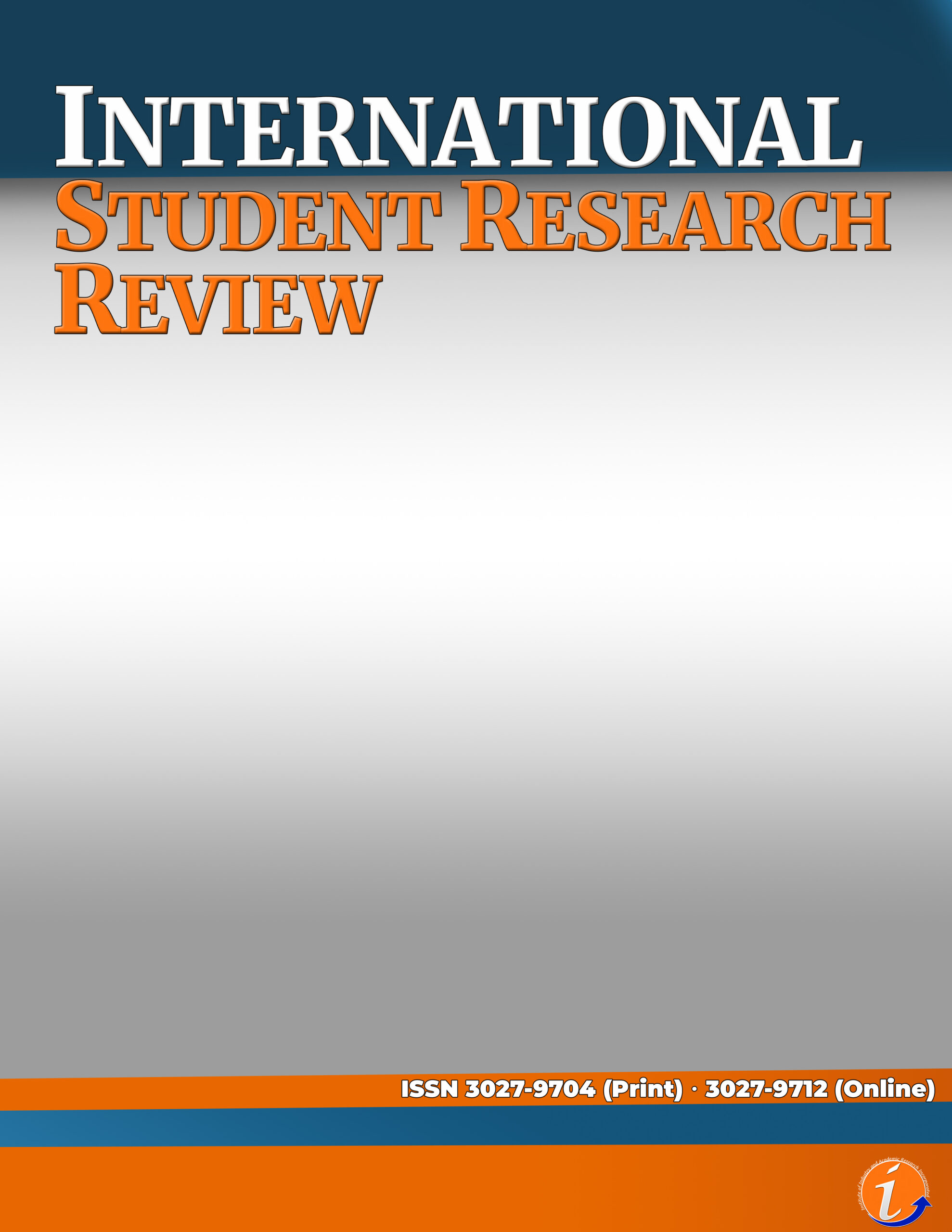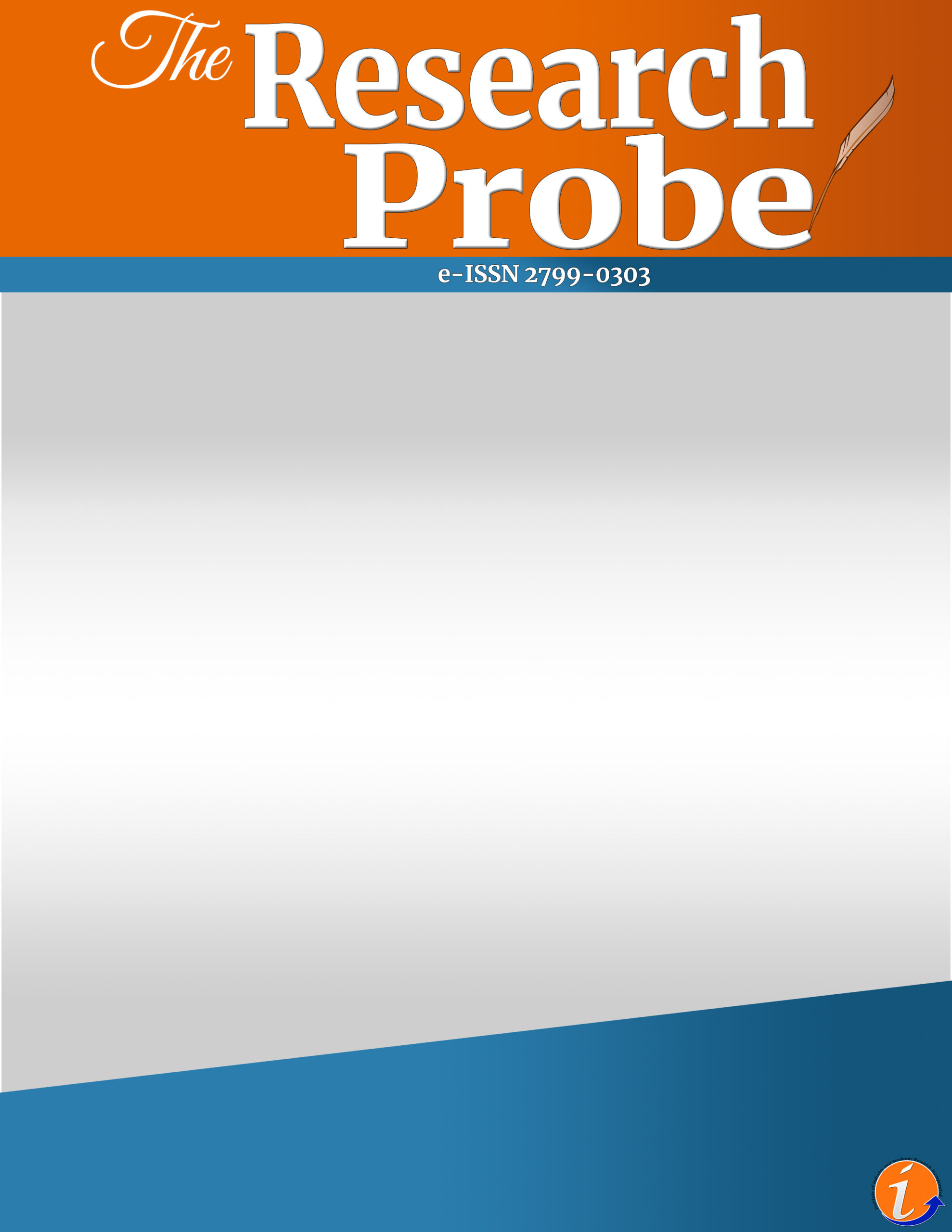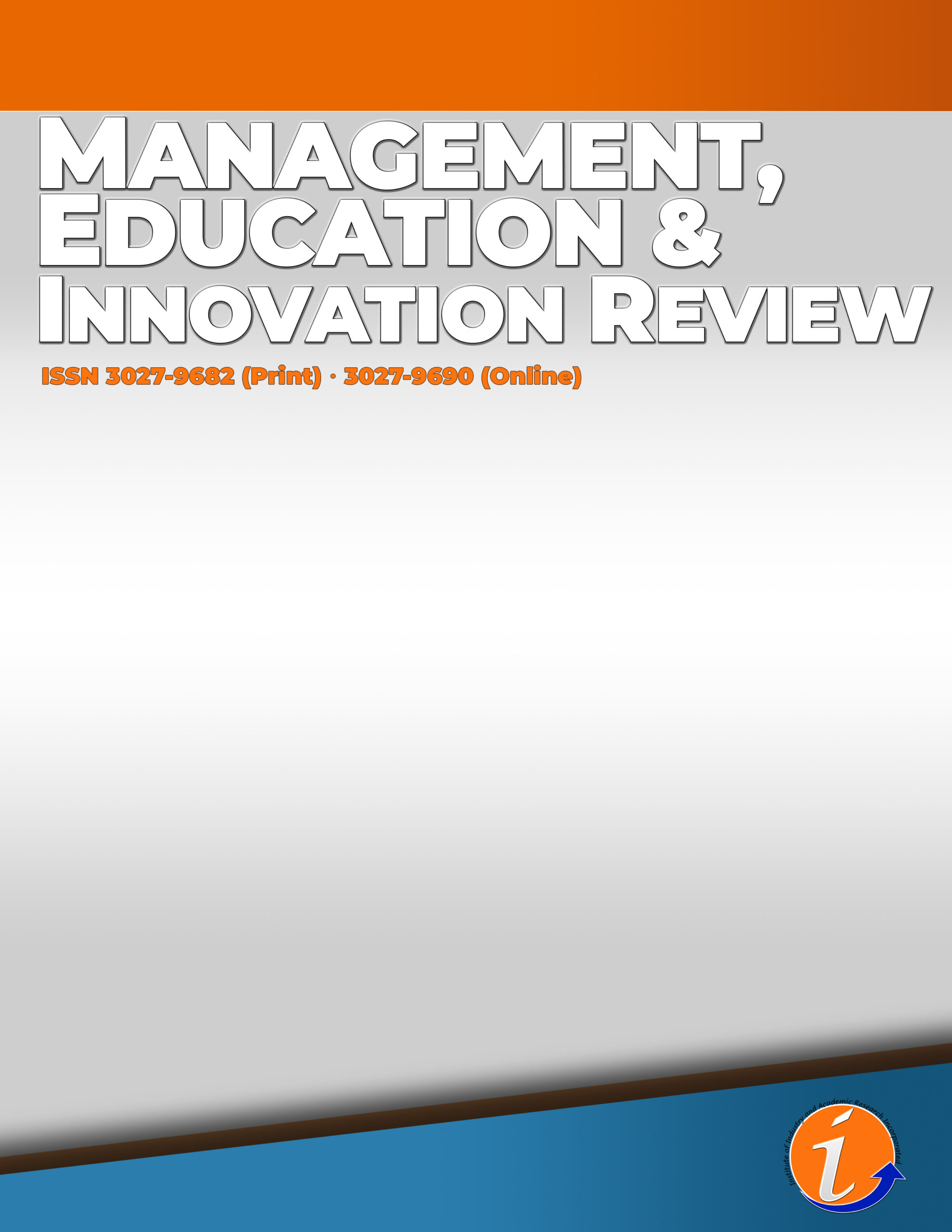Abstract
The social media becomes the popular way of communication in the digital era. Among the top social networks as of October 2023, Facebook is the front runner with 3.03 million monthly active users globally (Dixon, 2023). Studies have established reasons why and how people use Facebook as their social media platform to exchange information and knowledge, and to connect with various people in this modern world. Like many different users, college students also take part in this platform. Purposely, this study determined the genre of Facebook posts shared by college students, and analyze the media forms of posts among them. The information posted and shared on the 45 Facebook accounts of undergraduate secondary education students of a state university in Western Visayas were observed and classified as to content and media forms. The content categories of social media posts were categorized as information, entertainment, social interaction, and marketing. Further, these categories are classified as to types: photo, text, video, and link. Results showed that the four genres of Facebook posts were prevalent on the students’ accounts with entertainment as top ranked followed by information, social interaction, and marketing. Further, participants enjoy posting and sharing amusing content, such as memes, presented in photos, text, and videos, in that order of preference. The college students’ desire to use Facebook for entertainment could be a combination of their previous gratifying experiences with general Facebook use and their views about the replication of these experiences through sharing posts that are relevant to them.
Keywords: social media, Facebook, genre, content analysis, social interaction, college students
References
Alias, A. A., Ab Manan, N. A., Yusof, J., & Pandian, A. (2012). The use of Facebook as language learning strategy (LLS) training tool on college students’ LLS use and academic writing performance. Procedia-Social and Behavioral Sciences, 67, 36-48.
Atroszko, P. A., Balcerowska, J. M., Bereznowski, P., Biernatowska, A., Pallesen, S., Andreassen, C. S. (2018). Facebook addiction among Polish undergraduate students: validity of measurement and relationship with personality and well-being. Computing Human Behavior, 85, pp. 329-338
Balcerowska, J. M., Bereznowski, P., Biernatowska, A., Atroszko, P. A., Pallesen, S., & Andreassen, C. S. (2020). Is it meaningful to distinguish between Facebook addiction and social networking sites addiction? Psychometric analysis of Facebook addiction and social networking sites addiction scales. Curricular Psychology, pp. 1-14
Becarri, C., Donati, M. A., & Caterina, P. (2022). Boredom and problematic Facebook use in adolescents: What is the relationship considering trait or state boredom? Addictive Behaviors, 125, 107132. https://doi.org/10.1016/j.addbeh.2021.107132
Błachnio, A., Przepiorka, A., Senol-Durak, E., Durak, M., & Sherstyuk, L. (2017). The role of personality traits in Facebook and Internet addictions: A study on Polish, Turkish, and Ukrainian samples. Computing Human Behavior, 68, 269-275
Caci, B., Cardaci, M., Scrima, F., & Tabacchi, M. E. (2017). The dimensions of Facebook addiction as measured by Facebook Addiction Italian Questionnaire and their relationships with individual differences. Cyberpsychological Behavior Social Network, 20(4), 251-258.
Craig, K. (2011). Facebook and college students: Is marketing effective? Chancellor’s Honors Program Projects. https://trace.tennessee.edu/utk_chanhonoproj/1468
Cvijikj, I. P., & Michahelles, F. (2013). Online engagement factors on Facebook brand pages. Social Network Analysis and Mining, 3, 843-861
Dixon, S. J. (2023, November). Facebook: Quarterly number of MAU (monthly active users) worldwide 2008-2023. https://www.statista.com/statistics/264810/number-of-monthly-active-facebook-users-worldwide/
Dolan, R., Conduit, J., Frethey-Bentham, C., Fahy, J., & Goodman, S. (2019). Social media engagement behavior: A framework for engaging customers through social media content. European Journal of Marketing. https://doi.org/10.1108/EJM-03-2017-0182
Dolan, R., Seo, Y., & Kemper, J. (2019). Complaining practices on social media in tourism: A value co-creation andco-destruction perspective. Tourism Management, 73(8), 35–45.
Erevik, E. K., Pallesen, S., Andreassen, C. S., Vedaa, O., & Torsheim, T. (2018). Who is watching user-generated alcohol posts on social media? Addictive Behavior, 78, 131-137.
Gamble, C., & Wilkins, M. (2014). Student Attitudes and Perceptions of Using Facebook for Language Learning. Dimension, 49, 72.
Georgalou, M. (2015). Beyond the Timeline: Constructing time and age identities on Facebook. Discourse, Context & Media, 9, 24-33.
Heiss, R., Schmuck, D., & Matthes, J. (2019). What drives interaction in political actors’ Facebook posts? Profile and content predictors of user engagement and political actors’ reactions. Information, Communication & Society, 22(10), 1497-1513.
Horzum, M. B., Canan Güngören, Ö., & Gür Erdoğan, D. (2021). The influence of chronotype, personality, sex, and sleep duration on Facebook addiction of university students in Turkey. Biological Rhythm Res., 1-11.
Kabilan, M. K., & Zahar, T. Z. M. E. (2016). Enhancing students’ vocabulary knowledge using the Facebook environment. Indonesian Journal of Applied Linguistics, 5(2), 217-230.
Norashiddin, F. A., Saad, N. H., & Yin, T. S. (2022). How Facebook post content affect online engagement in fashion industry – A comparison of FashionValet and Zalora. Global Business and Management Research: An International Journal, 14(3s), 238-255.
Obaid, K., & Pukthuanthong, K. (2022). A picture is worth a thousand words: Measuring investor sentiment by combining machine learning and photos from news. Journal of Financial Economics, 144(1), 273-297.
Park, E., Song, H. D., & Hong, A. J. (2022). The use of social networking services for classroom engagement? The effects of Facebook usage and the moderating role of user motivation. Active Learning in Higher Education, 23(3), 157-171.
Triantafilliduo, A., Yannas, P., & Lappas, G. (2019). Facebook content strategies: A case study of a subsidiary company in Greece. 191–198. https://doi.org/10.1007/978-3-03012453- 3_22
Utami, N. A., Maharani, W., & Atastina, I., (2021). Personality classification of Facebook users according to Big Five personality using SVM (Support Vector Machine) method. Procedia Computer Science, 179, 177–184













